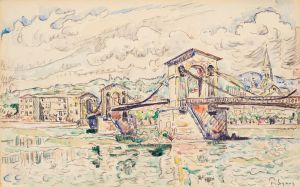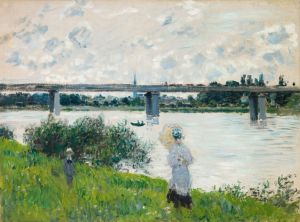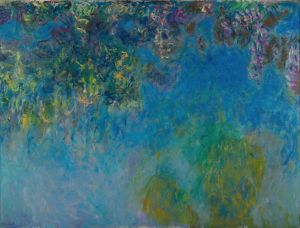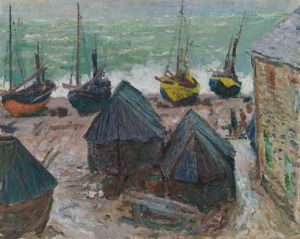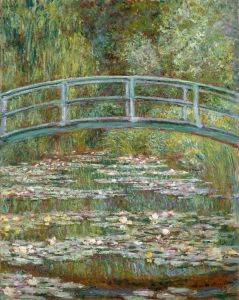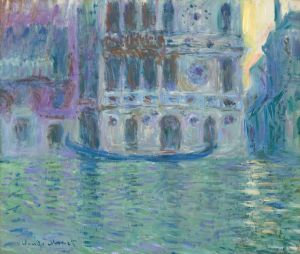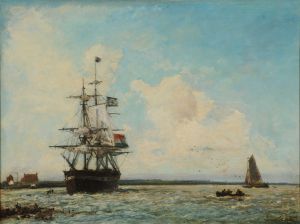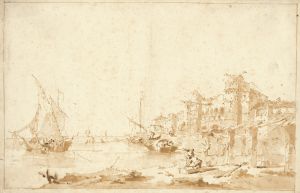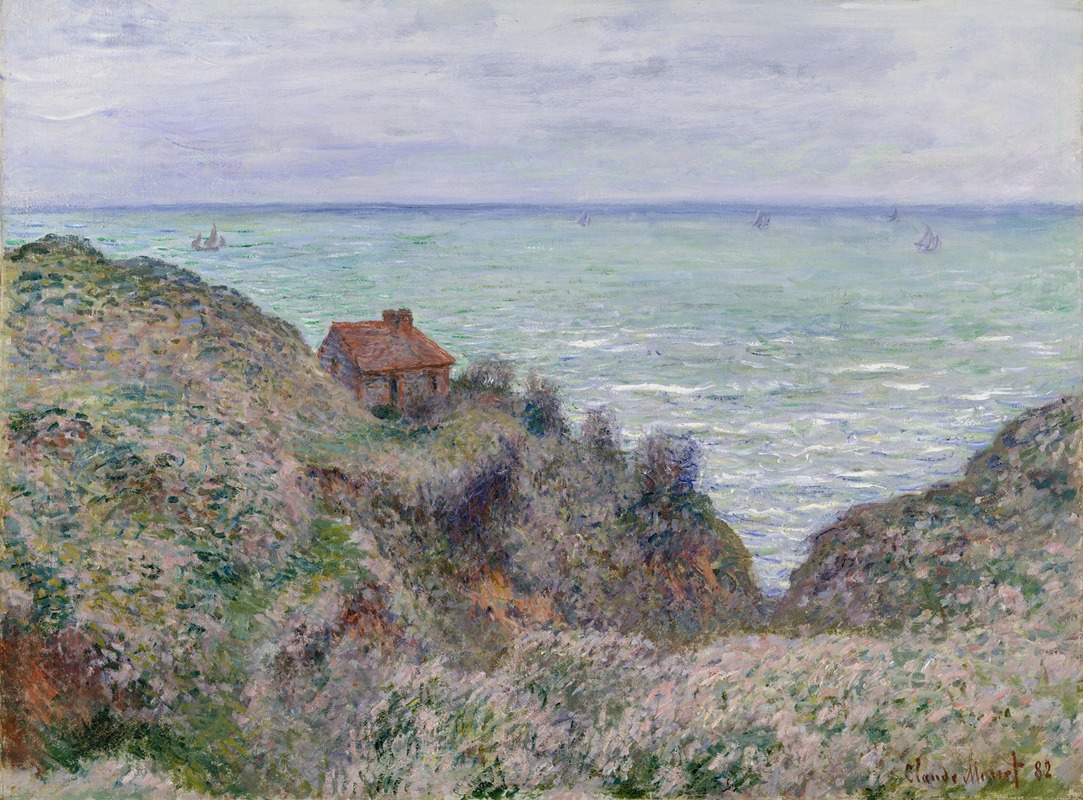
Cabin of the Customs Watch
A hand-painted replica of Claude Monet’s masterpiece Cabin of the Customs Watch, meticulously crafted by professional artists to capture the true essence of the original. Each piece is created with museum-quality canvas and rare mineral pigments, carefully painted by experienced artists with delicate brushstrokes and rich, layered colors to perfectly recreate the texture of the original artwork. Unlike machine-printed reproductions, this hand-painted version brings the painting to life, infused with the artist’s emotions and skill in every stroke. Whether for personal collection or home decoration, it instantly elevates the artistic atmosphere of any space.
"Cabin of the Customs Watch" is a painting by the renowned French Impressionist artist Claude Monet. Created in 1882, this artwork is part of Monet's extensive exploration of the Normandy coast, where he captured the interplay of light, sea, and sky with his characteristic brushwork and color palette. The painting depicts a small customs officer's hut perched on the cliffs of Varengeville, a village located in the Normandy region of France. This location was a frequent subject for Monet, who was captivated by the dramatic landscapes and the ever-changing weather conditions along the coast.
Monet's interest in the Normandy coast can be traced back to his childhood, as he was born in Paris but spent much of his youth in the port city of Le Havre. The region's natural beauty and its proximity to the sea provided Monet with a rich source of inspiration throughout his career. In "Cabin of the Customs Watch," Monet captures the ruggedness of the cliffs and the vastness of the sea, using loose brushstrokes and a vibrant color palette to convey the scene's atmospheric effects.
The painting exemplifies Monet's Impressionist style, characterized by a focus on capturing the fleeting effects of light and atmosphere rather than precise details. Monet often painted en plein air, or outdoors, to observe and record the natural environment directly. This approach allowed him to depict the nuances of light and color with immediacy and authenticity. In "Cabin of the Customs Watch," Monet's use of color is particularly notable, with the blues and greens of the sea contrasting with the earthy tones of the cliffs and the sky's soft hues.
Monet's choice of subject matter in this painting reflects his interest in the relationship between human structures and the natural world. The customs hut, a man-made structure, is dwarfed by the expansive landscape, emphasizing the power and majesty of nature. This theme is recurrent in Monet's work, as he often depicted scenes where human presence is subtly integrated into the natural environment.
The painting is part of a series of works Monet created during his stay in Pourville, a nearby village, in 1882. This period was particularly productive for Monet, as he produced numerous paintings that explored the Normandy coast's diverse landscapes. These works are celebrated for their innovative use of color and light, which would influence subsequent generations of artists.
"Cabin of the Customs Watch" is housed in the Musée d'Orsay in Paris, which holds one of the most comprehensive collections of Impressionist and Post-Impressionist masterpieces. The museum's collection provides a context for understanding Monet's work within the broader Impressionist movement, highlighting his contributions to the development of modern art.
Monet's legacy as a pioneer of Impressionism is well-established, and "Cabin of the Customs Watch" is a testament to his ability to capture the essence of a moment in time through his unique artistic vision. The painting remains a significant example of Monet's mastery of light, color, and composition, continuing to inspire and captivate audiences worldwide.





